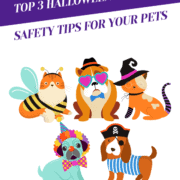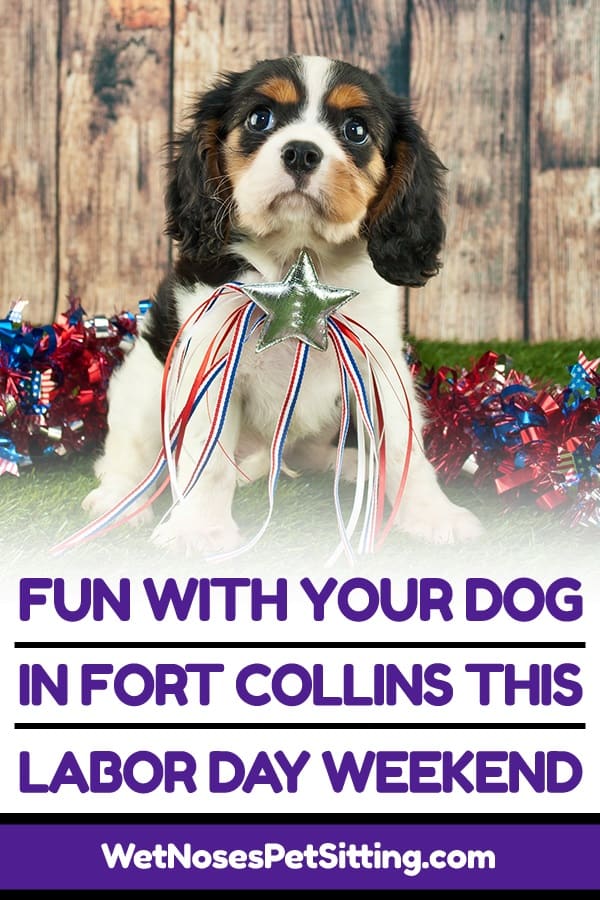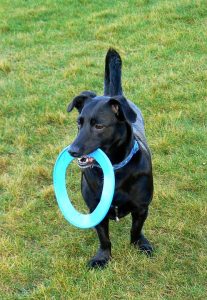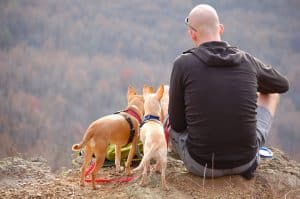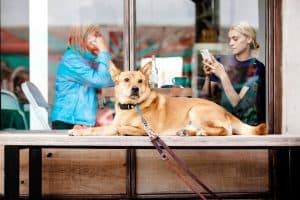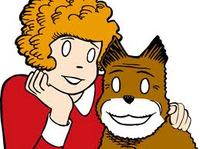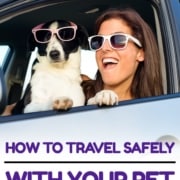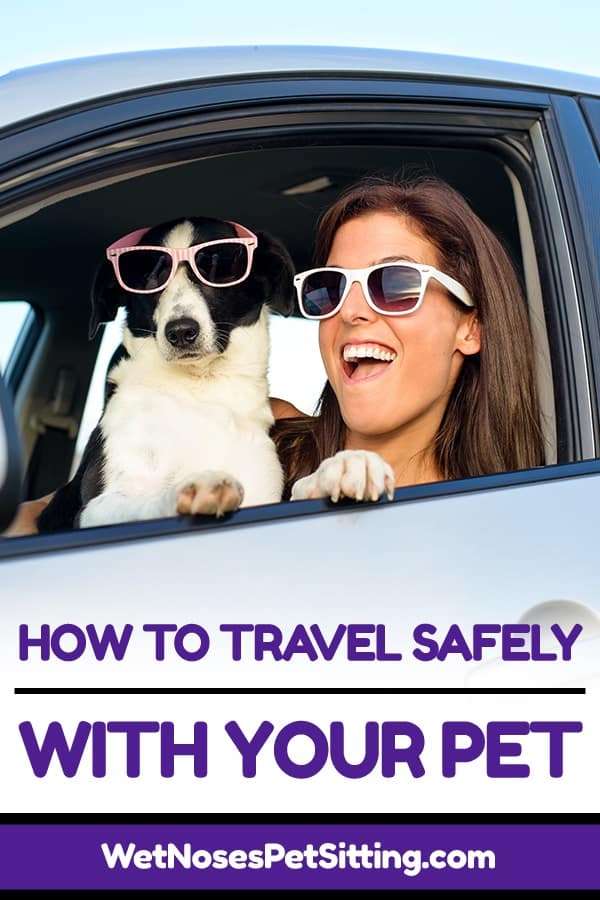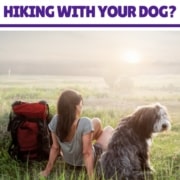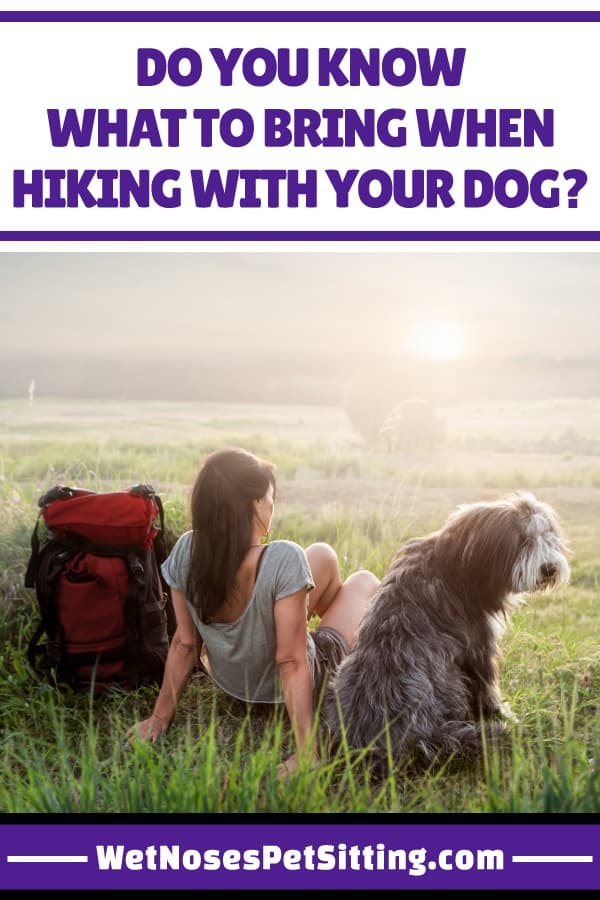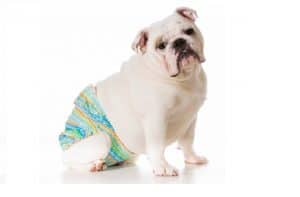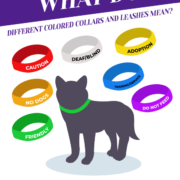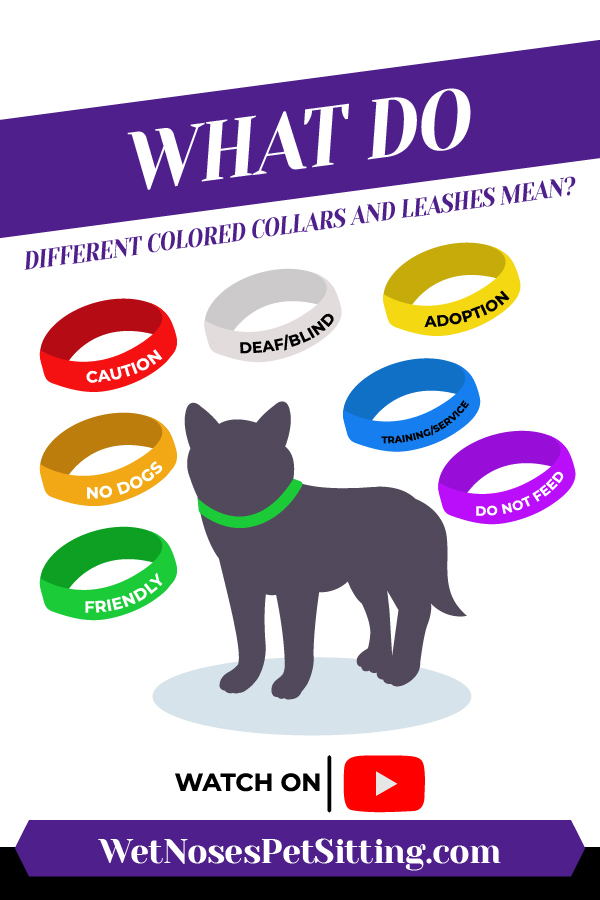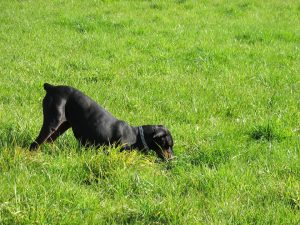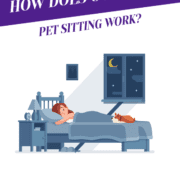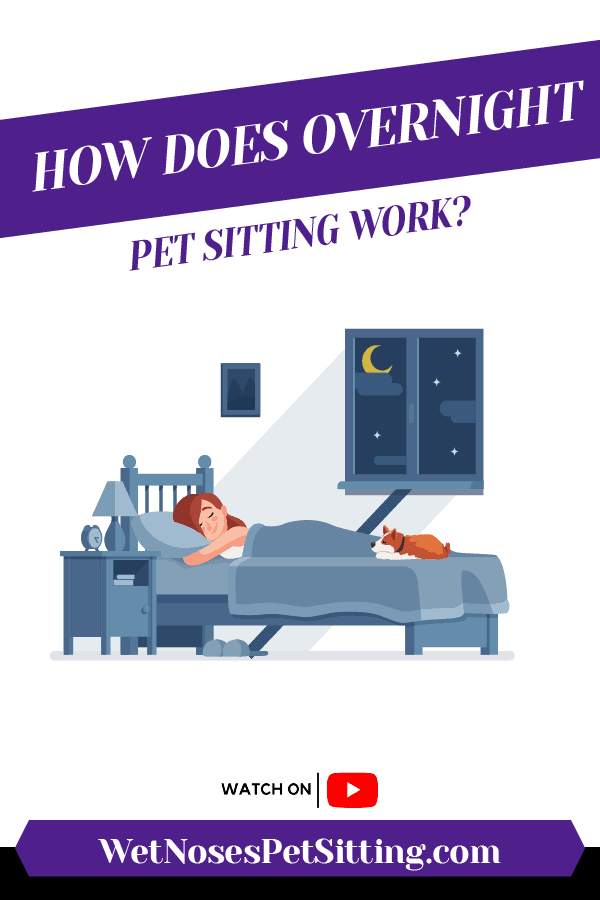Top 3 Halloween Costume Safety Tips For Your Pets
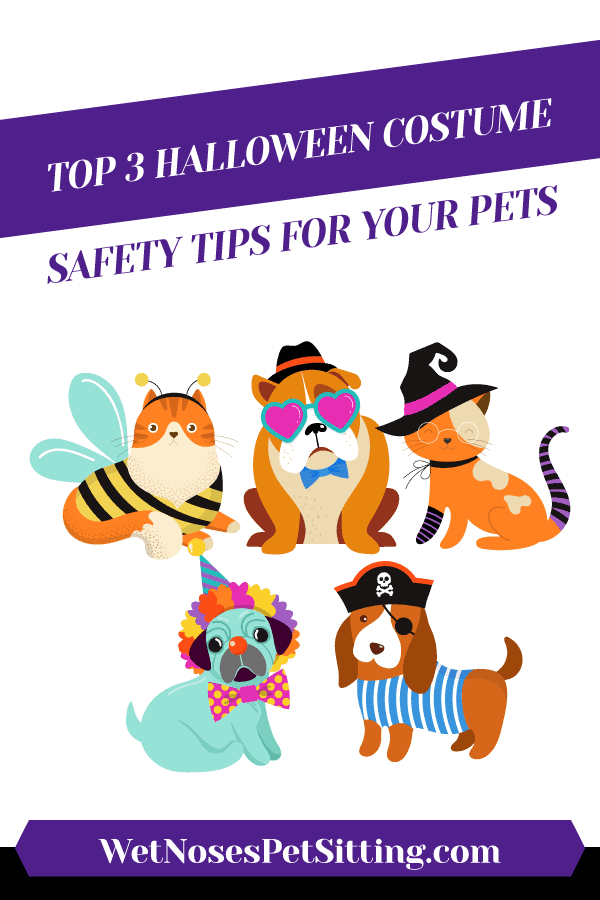
Halloween is fast approaching and we’re all busy planning. There is no doubt costumes are on our minds; whether it’s for yourself, your kids or your fur-babies. And it’s a whole lot of fun dressing up for Halloween. However, there are some Halloween costume safety tips for pets you need to know about.
1. Comfort is key
A lot of times Halloween can be chilly. Use an old jacket or sweater for a pet costume to keep them warm and festive. Something along the lines of a superhero, or firefighter would be good; simple and sweet, but most importantly comfortable for your pet. It needs to be loose fitting, but snug enough

istolethetv from Hong Kong, China, CC BY 2.0 <https://creativecommons.org/licenses/by/2.0>, via Wikimedia Commons
that they don’t trip on it.
2. Watch out for choking hazards
Tying on hats or scarves can be super cute too, but make sure you watch them to avoid getting stuck or having the tie wrap around their neck too tightly. Also, avoid costumes where there can chew off small pieces which could cause them to choke or have gestational issues.
3. Keep an eye on them at all times
This is the biggest Halloween costume safety tip for pets. Make sure to watch your pet carefully for signs of discomfort. You know how miserable it is to be stuck in an uncomfortable outfit. If your dog seems to be suffering for the sake of fashion, maybe it’s time to snap a quick pic for the memory book. Then let sleeping dogs lie for the rest of the night.
When you research pet costumes online, you will undoubtedly run into people say that dressing up your pet for Halloween is cruel. They say your pets don’t understand why or what is going on. Other people love it because it can be in good fun and it’s a great time to make wonderful memories with the family.
Overall, it’s best to use your judgement and make sure to keep an eye on how they react to the costume. If your pet is accustomed to clothing, then dressing up in a costume could be a breeze for them. But, if the costume seems to cause them stress or is a bother to them, then maybe it’s best to leave the costume at home.
There are some great ideas for extremely easy and stress-free costumes for your pets, so make sure to check back and see what other ideas we’ve put together for you this Halloween! If you’re still not sure what your pet should dress up as, check out stores like PetSmart for their costume selections.

